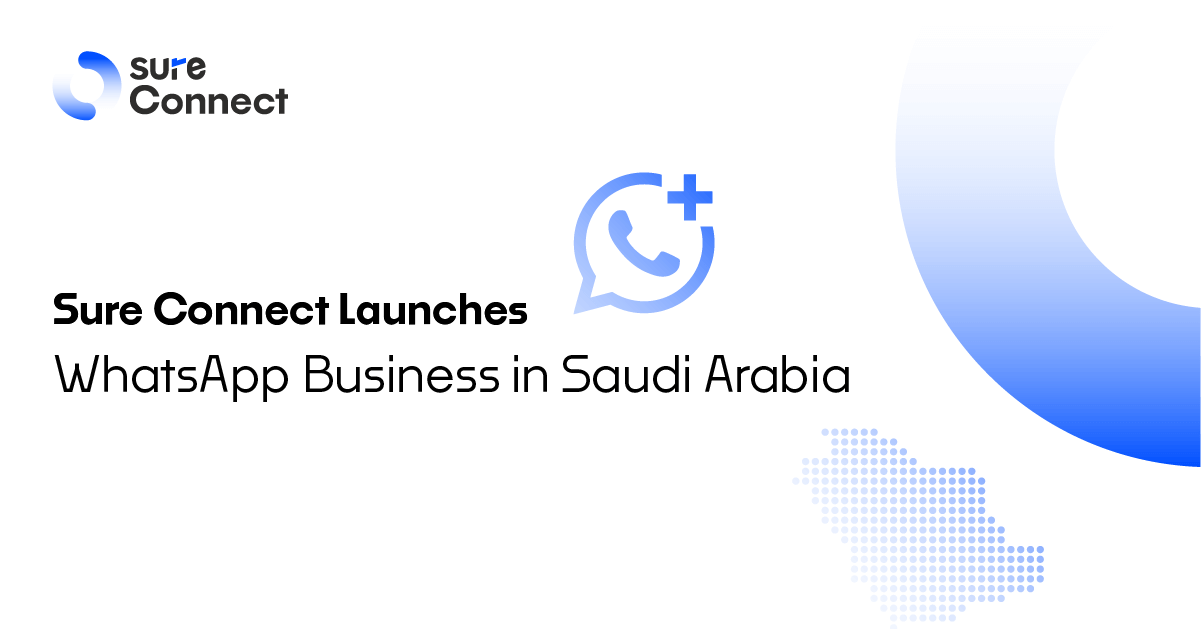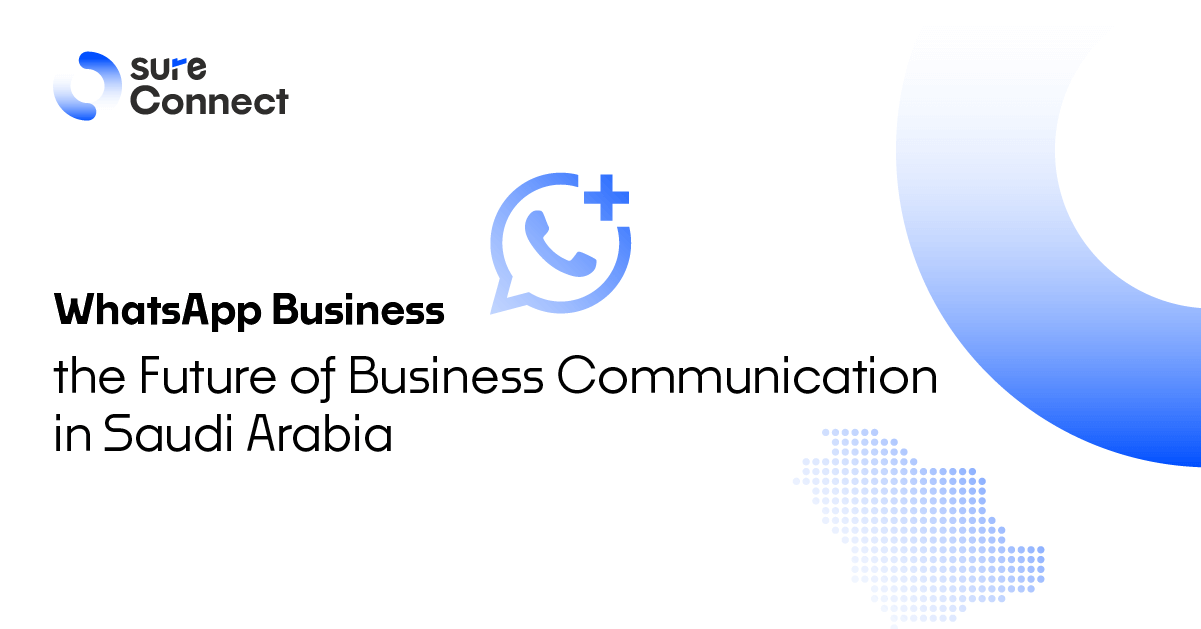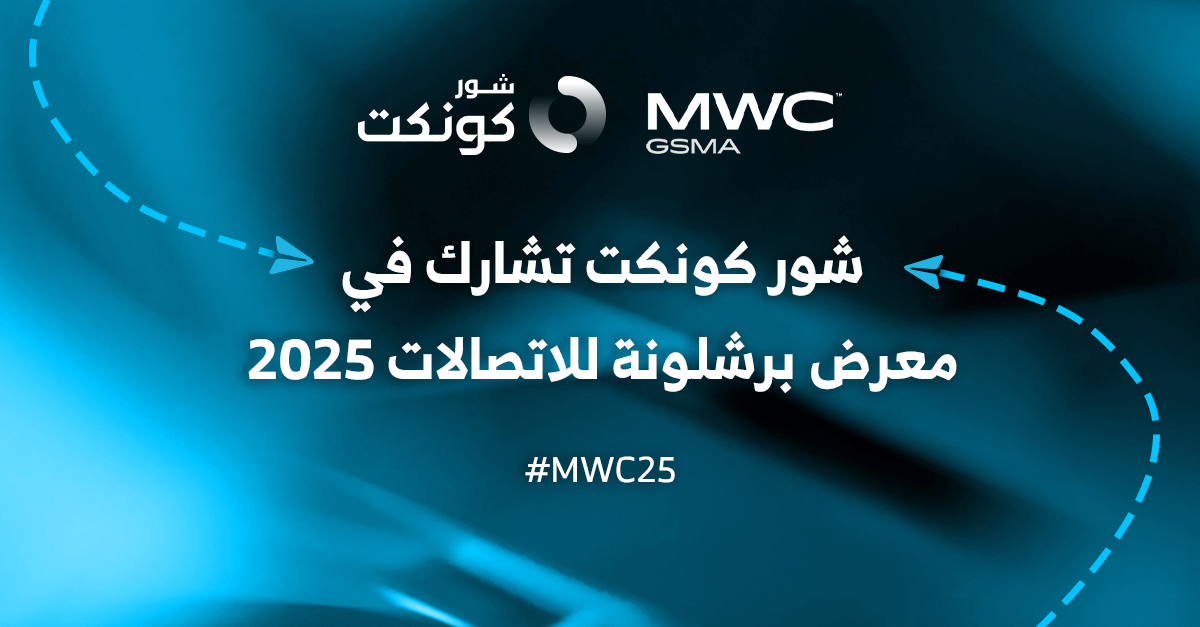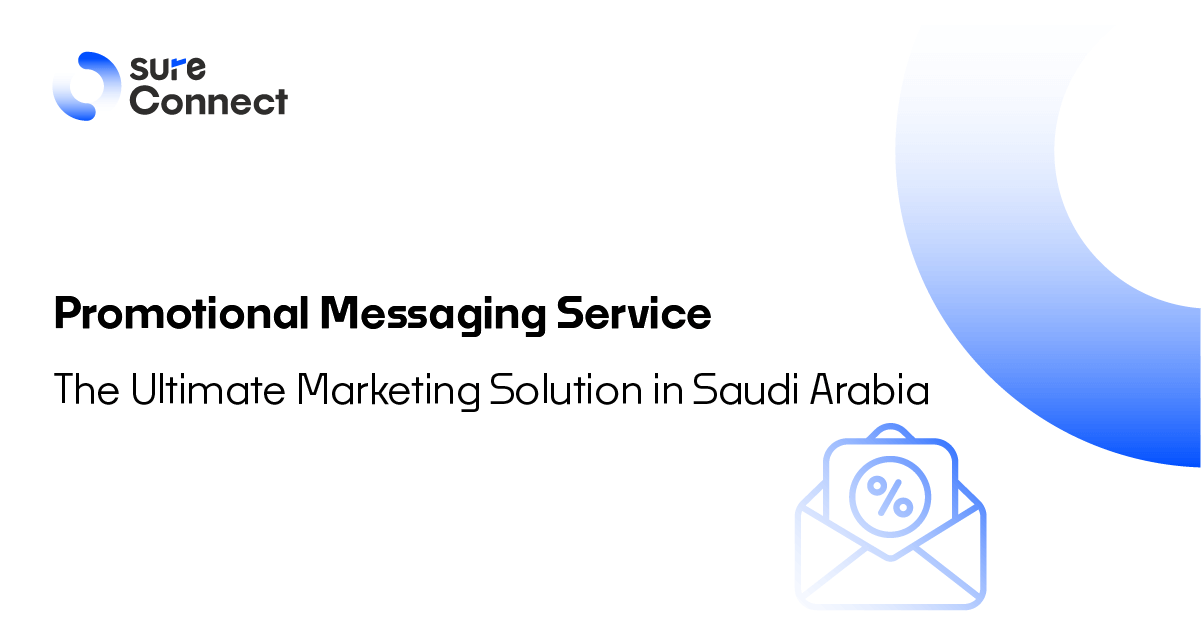Customer Service Message Templates: A Comprehensive Guide
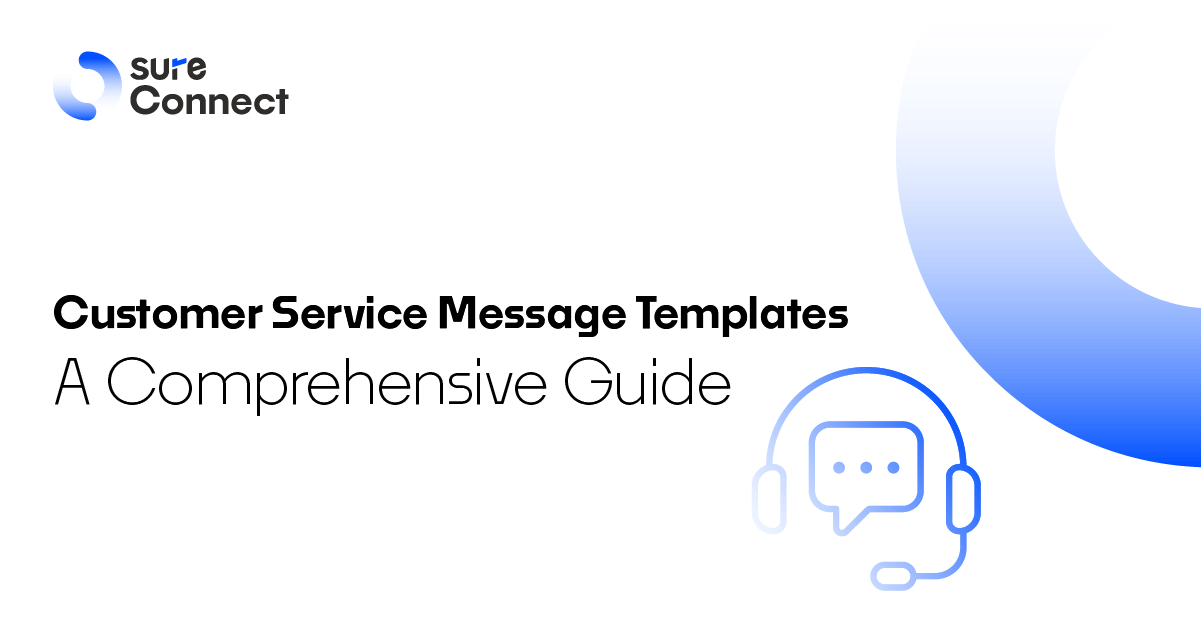
Customer service is the heart of any successful company. It is the bridge that connects the company with its customers and the window that reflects the company's interest in its customers and their satisfaction. Therefore, formulating customer service messages effectively and appropriately is crucial to achieving a positive and distinctive customer experience.
In this article, we will review various templates for customer service messages for different situations and scenarios, focusing on the importance of the language used, the optimal way to deal with customers, and how to turn any negative experience into an opportunity to strengthen customer loyalty.
Customer Service Message Templates
First: Welcome and Introduction Messages
Welcome and introduction messages are considered the customer's first impression of the company, so they should be friendly, polite, and reflect the company's identity and values.
1. Welcome message to a new customer:
"Hello [customer name], We are happy to have you join the [company name] family! We hope you enjoy a unique experience with us. Do not hesitate to contact us at any time if you have any questions or inquiries."
2. Service introduction message:
"Dear [customer name], Thank you for your interest in our services. We offer you a diverse range of services [list the services], which are specifically designed to meet your needs. You can find more details on our website [website link]."
Second: Inquiry and Assistance Messages
Inquiry and assistance messages are among the most common types of customer service messages, so they should be quick, clear, and helpful.
1. Message replying to an inquiry:
"Hello [customer name], thank you for your question. Regarding your inquiry about [mention the inquiry], [provide the detailed answer]. If you have any other questions, please do not hesitate to contact us."
2. Message requesting additional information:
"Dear [customer name], we need some additional information to assist you better. Please provide us with [mention the required information], and we will get back to you as soon as possible."
Third: Apology and Compensation Messages
Apology and compensation messages are among the most important messages in managing the customer experience, as they help turn angry customers into satisfied customers.
1. Message apologizing for an error:
"Dear [customer name], we sincerely apologize for the error that occurred [mention the error]. We take responsibility for this error and will do our best to correct it as soon as possible."
2. Message offering compensation for a problem:
"Hello [customer name], We are sorry for the problem you encountered. In appreciation of your inconvenience, we offer you [mention the appropriate compensation] as an apology from us. We hope to always live up to your expectations."
Fourth: Follow-up and Evaluation Messages
Follow-up and evaluation messages help build a strong relationship with customers and get their feedback to improve services.
1. Follow-up message after service:
"Dear [customer name], We hope you are satisfied with the service you received. If you have any comments or suggestions, please do not hesitate to share them with us."
2. Message requesting an evaluation:
"Hello [customer name], We would like to know your opinion about our services. Please rate your experience with us via the following link [evaluation link]. Your feedback helps us provide a better service to you and all our customers."
Fifth: Promotional and Marketing Messages
These messages are used to inform customers about new offers and discounts and encourage them to purchase.
1. Message announcing a new offer:
"Hello [customer name], we have an exclusive offer for you! Get a [discount percentage] discount on [product/service] when you use the code [discount code] before [expiration date]."
2. A notification that an offer is about to expire:
"Dear [customer name], a reminder that our special offer on [product/service] is ending soon. Do not miss this wonderful opportunity!"
Sixth: Alerts and Notifications Messages
Customers can use these messages to learn about critical issues pertaining to their accounts or services.
1. Subscription renewal reminder message:
"Hello [customer name], a reminder that your subscription to [service] will expire soon. To renew your subscription, please visit [renewal link]."
2. Service update notification message:
"Dear [customer name], [service] has been updated, and new features have been added. You can find more details via [details link]."
Seventh: Thank You and Appreciation Messages
The purpose of these messages is to thank the company's clients.
1. Thank you message for purchasing:
"Hello [customer name], thank you for your purchase from [company name]! We hope you enjoy our products and services."
2. Appreciation message for a loyal customer:
"Dear [customer name], we appreciate your loyalty and trust in us. Thank you for being part of the [company name] family."
Eighth: Apology for Delay Messages
The purpose of these messages is to express regret for any delays in service or response.
1. Apology message for a delayed response:
"Hello [customer name], We apologize for our delay in responding to your message. We are working hard to respond to all our customers' messages as soon as possible."
2. Apology message for a delayed service:
"Dear [customer name], we apologize for any delay in providing the service. We are doing our best to expedite the process and meet your expectations."
Ninth: Messages Asking for Contributions or Involvement
Using these messages, requests are made for donations or participation in specific events.
1. Donation request message:
"Hello [customer name], we would like to extend an invitation to you to support [noble cause] through [donation link]."
2. Invitation to participate message:
"Dear [customer name], we invite you to participate in [event/initiative] organized by [company name]. For more details, please visit [details link]."
Tenth: Job Vacancy Announcement Messages
The company uses these messages to post job openings.
1. Job vacancy announcement message:
"Hello [customer name], [company name] announces a job vacancy in the [department name] department. If you are interested, you can view the job details and apply via [application link]."
Eleventh: Messages for Handling Complaints
Complaints are considered a golden opportunity to improve services and gain customer loyalty. They must be dealt with seriously and with attention and responded to quickly and professionally.
1. Message acknowledging receipt of a complaint:
"Hello [customer name], Thank you for contacting us and informing us of your complaint. We are very sorry for the problem you encountered, and we will review the matter immediately. We will get back to you within [timeframe] to provide an update on how to resolve the issue."
2. Message requesting further clarification:
"Dear [customer name], to understand your complaint better, please provide us with some additional details, such as [mention the required details]. This information will help us identify the cause of the problem and work to resolve it as quickly as possible."
3. Message providing the solution:
"Hello [customer name], After reviewing your complaint, we have reached [mention the solution]. We hope this solution is satisfactory to you. If you have any other questions or inquiries, please do not hesitate to contact us."
Twelfth: Messages Requesting Information
The purpose of these messages is to ask the client for particular information.
1. Message requesting information to verify identity:
"Dear [customer name], we need certain information from you to confirm your identity for security reasons. Please include [specify the necessary information]."
2. Message requesting information to update data:
"Hello [customer name], please update your personal data via the following link [update link] to ensure you receive the best services."
Thirteenth: Messages Reporting Technical Problems
Customers can use these messages to report technical issues they have had.
1. Message reporting a problem with the website:
"Hello [customer name], I am experiencing a problem with [mention the problem] when using the website. Please check the matter and inform me of the solution as soon as possible."
2. Message reporting a problem with the app:
"Dear [customer name], the [app name] application has an issue with [specify the issue]." Please fix the problem as soon as possible."
Fourteenth: Messages Requesting Assistance in Using a Product or Service
Requests for help using a specific product or service are made using these messages.
1. Message requesting an explanation of how to use it:
"Hello [customer name], I am having difficulty understanding how to use [product/service]. Can you provide me with a detailed explanation?"
2. Message requesting help in solving a problem:
"Dear [customer name], I encountered a problem with [mention the problem] while using [product/service]. Can you help me solve it?"
Fifteen: Messages Requesting Suggestions
Customers' suggestions for bettering services are solicited through these messages.
1. Message requesting suggestions to improve customer service:
"Hello [customer name], We are always striving to provide the best customer service. Please share your suggestions with us to improve our services."
2. Message requesting suggestions for product development:
"Dear [customer name], We would like to know your opinion about our products. Please share your suggestions with us to develop our products and better meet your needs."
Sixteenth: Messages Reporting Inappropriate Content
The purpose of these messages is to report offensive or improper content.
1. Message reporting offensive content:
"Hello [customer name], I came across offensive content on [platform]. Please take the necessary action to protect users."
2. Message reporting inappropriate content:
"Dear [customer name], I found inappropriate content on [platform]. Please remove this content as soon as possible."
Important notes:
-
Maintain a positive tone: Even in cases of apology or complaint, be sure to use a positive and respectful tone.
-
Clarity and brevity: Messages should be clear and concise, avoiding verbosity.
-
Linguistic and spelling accuracy: Make sure that messages are free of any linguistic or spelling errors.
-
Appropriate language use: Choose the appropriate language for the target audience, and make sure it is understood and clear.
-
Quick response: Be sure to respond to customer messages as quickly as possible, and do not delay in doing so.
We hope that this expanded set of models is useful to you in improving your customer service. Remember that excellent customer service is a valuable investment in the success of your company, and it requires continuous attention and development.
Other Categories
Recent Blogs :
